This post may contain affiliate links, including those from Amazon Associates. If you make a purchase through these links, I may earn a commission at no additional cost to you. Learn more about our affiliate policy.
Sustainable living often gets framed as a list of rules, restrictions, and sacrifices. No plastic. No excess. No energy use unless absolutely necessary.
But that picture leaves something out, it forgets the part where your home feels like you.
An eco friendly home you actually love living in isn’t about stripping away all comfort or style.
It’s about choosing materials, routines, and energy systems that feel as nourishing to live with as they are gentle on the planet. It’s about creating a space that holds beauty, connection, and longevity.
When I started making my own home more sustainable, I learned quickly that the changes I stuck with weren’t the ones that felt like deprivation.
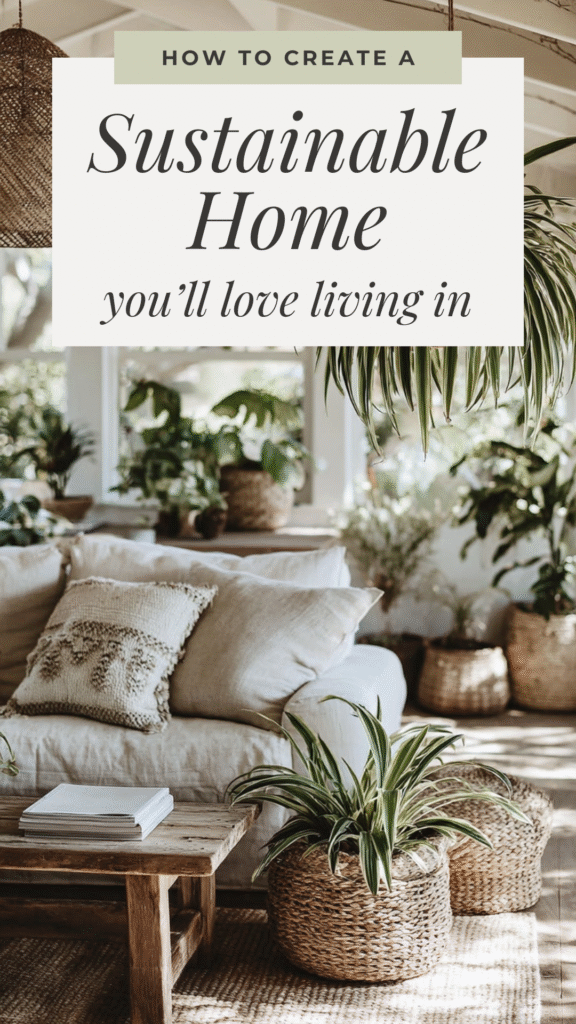
They were the ones that blended seamlessly into my daily life, where the more eco friendly choice also happened to be the most beautiful, most practical, or most comforting.
Here are some ways to create a home that supports the planet and feels deeply, naturally yours.
Choose Materials That Tell a Story
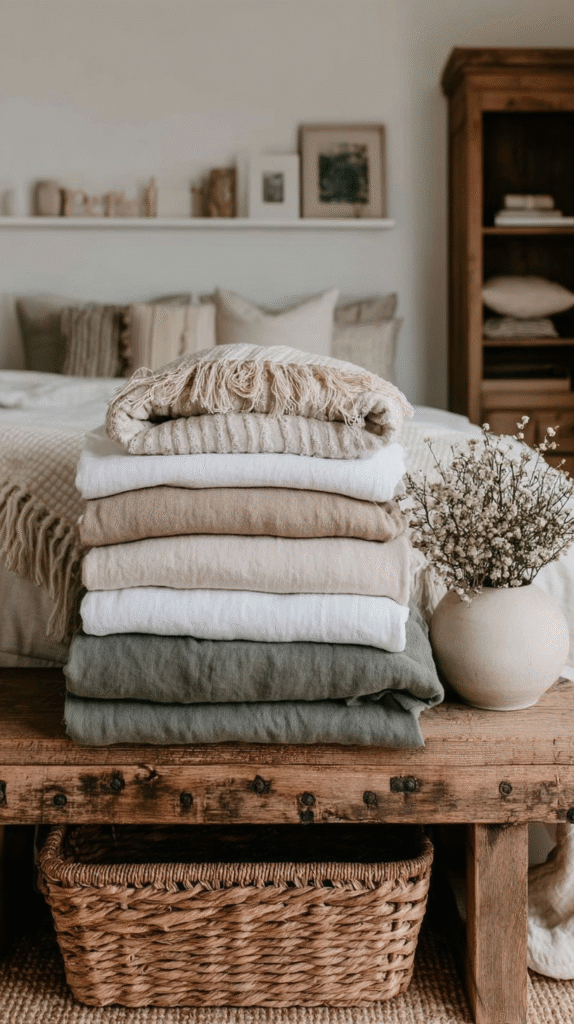
One of the most lasting shifts you can make is to choose natural, durable materials, items you’ll want to keep, repair, and pass on. When something is both functional and beautiful, you’re less likely to replace it with the next trend.
Think about furniture made from reclaimed wood, ceramics crafted by local artisans, or baskets woven from natural fibers. Every scratch, every patina that develops over time, tells part of your home’s story.
A few swaps to start with:
- Replace synthetic textiles with linen, organic cotton, or wool for bedding and throws.
- Choose wooden cutting boards and utensils over plastic.
- Select clay or ceramic planters for houseplants instead of synthetic alternatives.
I still have a reclaimed wood coffee table I bought years ago. It’s moved with me three times, picked up new marks and dents along the way, and feels more like part of the family than a piece of furniture.
That’s the kind of longevity sustainable design is built on.
Upgrade for Comfort and Efficiency
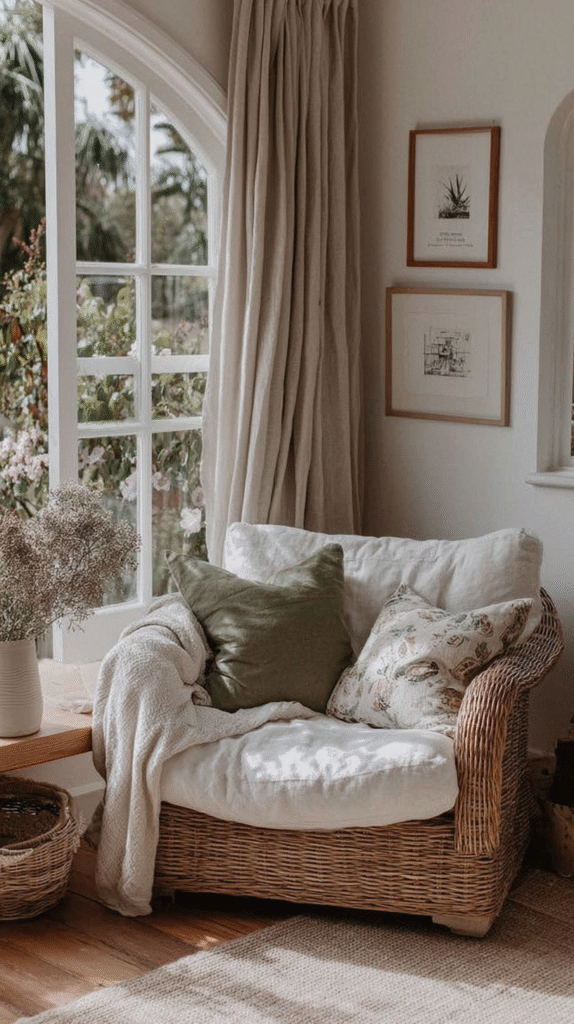
Energy efficiency isn’t just about lowering bills, it can make your home more comfortable to live in.
Better insulation means fewer drafts in the winter.
A smart thermostat can help keep the temperature steady without you having to think about it.
Efficient appliances are quieter, smaller, and easier to maintain.
Not all upgrades have to be big or expensive. In fact, some of the most effective changes are surprisingly simple:
- Switch to LED bulbs for softer light and lower energy use.
- Install thick, insulated curtains to keep warmth in during colder months.
- Add weather stripping around windows and doors to prevent heat loss.
- Use a programmable thermostat to avoid wasting energy when you’re out.
When I swapped the old fluorescent bulbs in my kitchen for warm-toned LEDs, the space instantly felt calmer. The light was softer, more natural—and it used a fraction of the energy.
Repurpose, Refurbish, and Refill
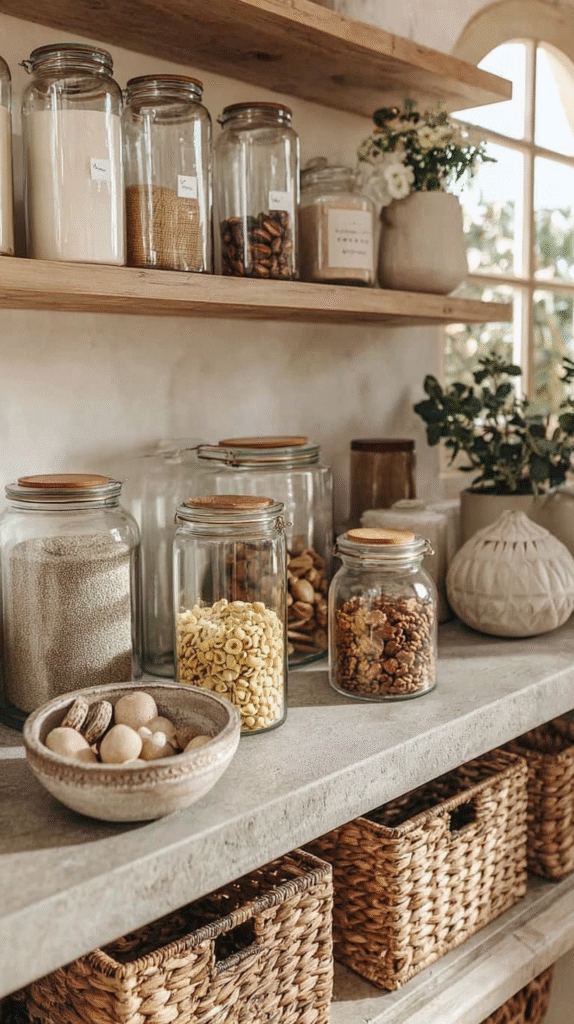
The most sustainable item is often the one you already have. Instead of buying new, see what you can repurpose or repair.
That wobbly chair might just need a quick tightening of screws.
A worn throw pillow can be revived with a new cover.
This approach works beautifully for everyday household items, too. Refilling rather than replacing reduces waste without adding complexity to your life.
- Refill glass bottles with bulk cleaning products or hand soap.
- Use beeswax wraps instead of cling film.
- Keep jars from food items and repurpose them for pantry storage.
One of my favorite weekend rituals is visiting the local secondhand shop.
I’ve found everything from sturdy wooden stools to vintage glassware that adds character to my kitchen.
These pieces carry a sense of history, and I know I’m keeping something useful out of a landfill.
Create Routines That Reduce Waste
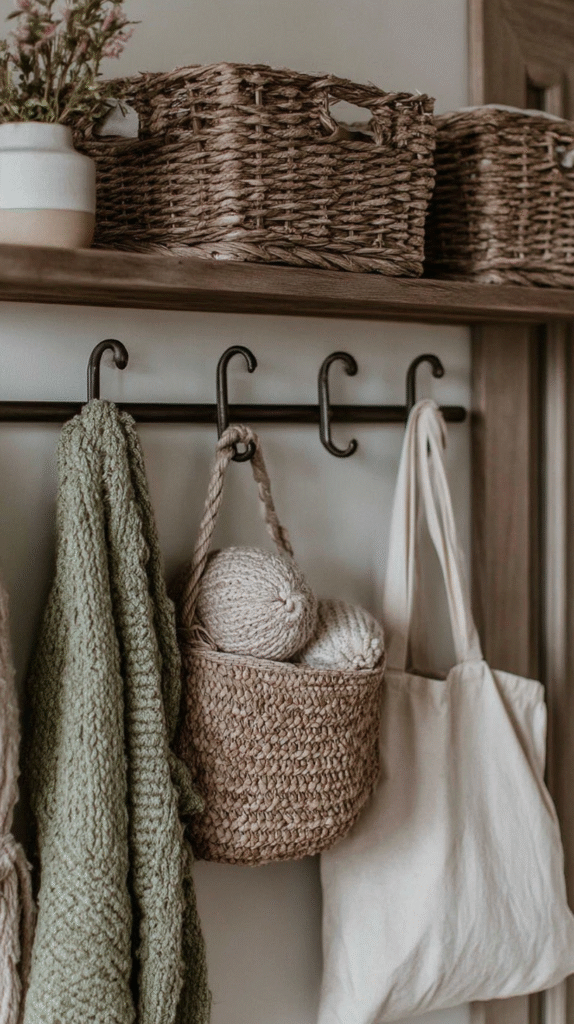
A sustainable home is as much about how you live in it as it is about what it’s made from. Small daily habits add up over time, and they’re often easier to stick with than dramatic one-time changes.
Simple ten-minute practices that make a difference:
- Unplug chargers and small appliances when not in use.
- Compost fruit and vegetable scraps.
- Plan meals to use what you already have before buying more.
- Keep a tote bag by the door to avoid last-minute plastic bag use.
Before buying anything new, I try to pause and ask: Will I use this regularly? Does it last? Is there a lower-waste alternative?
That pause has saved me money, reduced clutter, and kept my home aligned with my values.
Let Nature Guide Your Choices
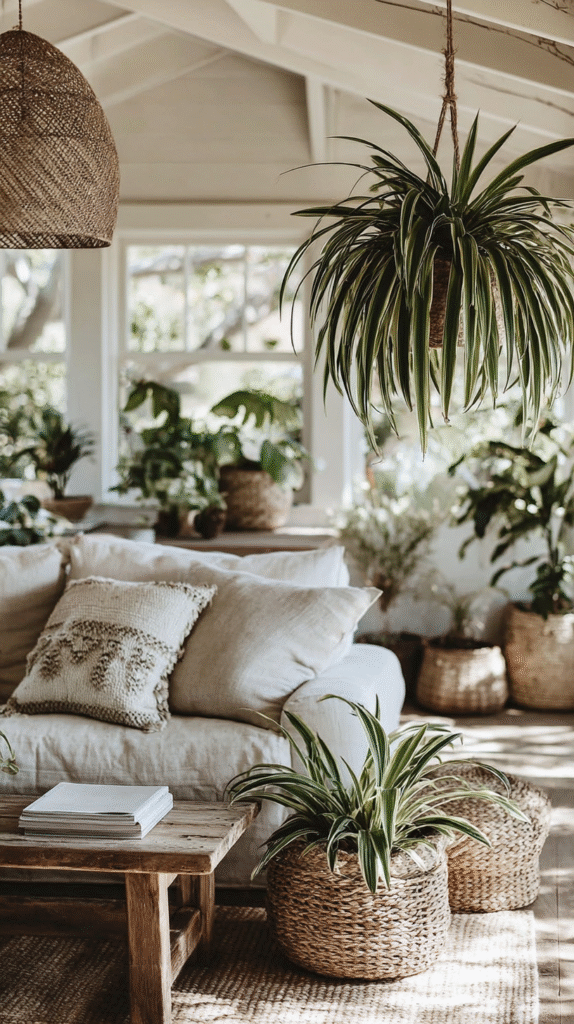
Nature has a way of influencing both sustainability and well-being. A home that works with natural elements often feels calmer and more harmonious.
Bringing more of the outdoors in might mean:
- Placing plants to filter air and soften hard lines in a room. Here are the easiest indoor plants to care for.
- Positioning furniture to make the most of natural light during the day.
- Using cross-ventilation in warmer months instead of relying solely on air conditioning.
If you have outdoor space, even a balcony, try adding a few native plants or herbs in containers. They’re low maintenance, attract pollinators, and offer a sensory connection to the seasons. In my own kitchen, a small pot of rosemary sits by the window year-round—it’s beautiful, fragrant, and endlessly useful in cooking.
Invest in Everyday Joy, Not Consumption
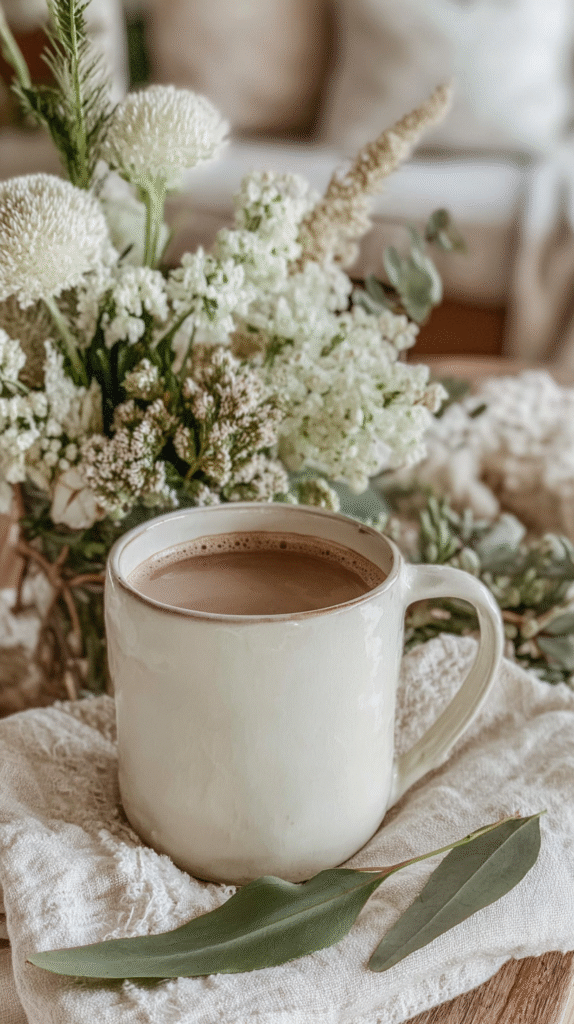
Sustainability doesn’t mean living without beauty or comfort. In fact, a sustainable home should feel more inviting because it’s filled only with things you truly love.
This is where emotionally durable design comes in, choosing pieces that you’ll enjoy using every single day, not just on special occasions.
It might be the perfect ceramic mug for your morning coffee, a handcrafted blanket that keeps you warm every winter, or a well-made table that hosts years of shared meals.
The more connected you feel to what you own, the more likely you are to care for it, repair it, and keep it for the long term.
That care naturally slows consumption and builds a home that feels layered and lived-in, not disposable.
Closing Reflection
Creating a sustainable home you love living in isn’t about perfection. It’s about intention. Start with one choice, a natural material, a daily habit, a small upgrade, and let it ripple outward.
Over time, those choices become part of the rhythm of your life. They change the way you move through your home, the way you connect with what’s in it, and the way your space impacts the world beyond its walls.
Sustainability, at its best, isn’t a separate project. It’s woven into the everyday beauty of your home, quietly, seamlessly, and in a way that makes you love it even more.

